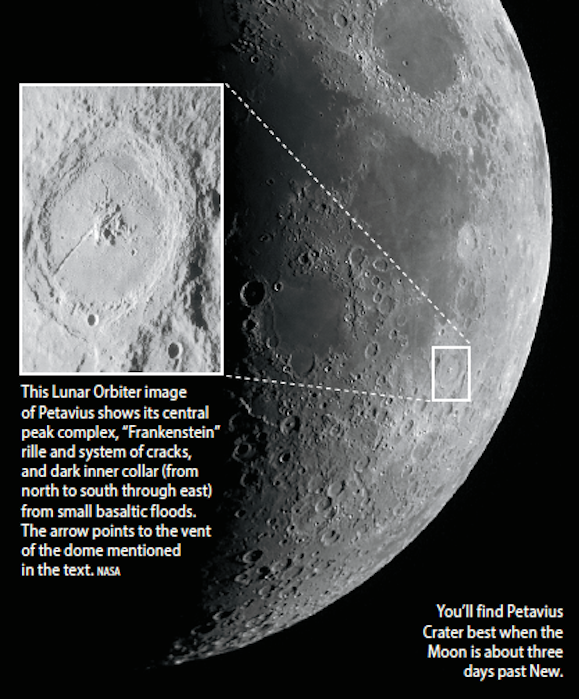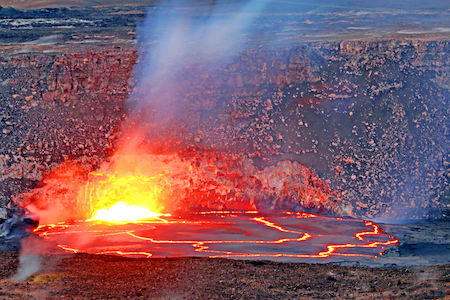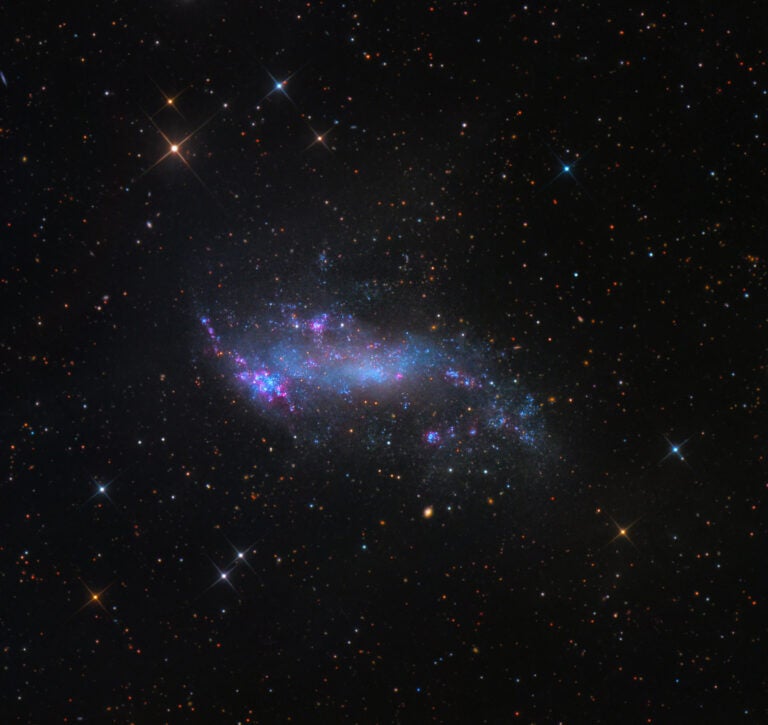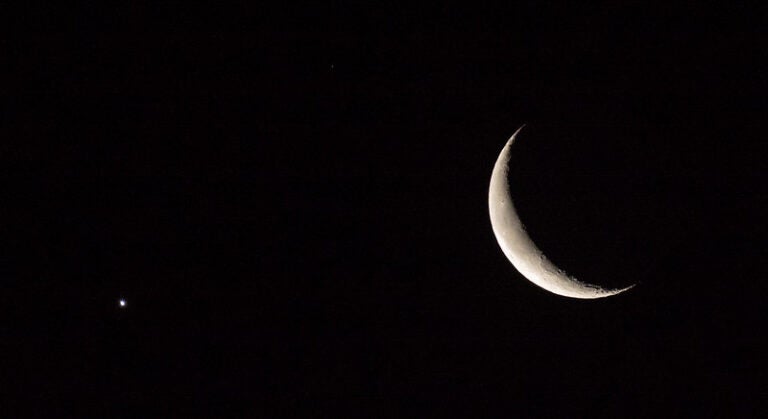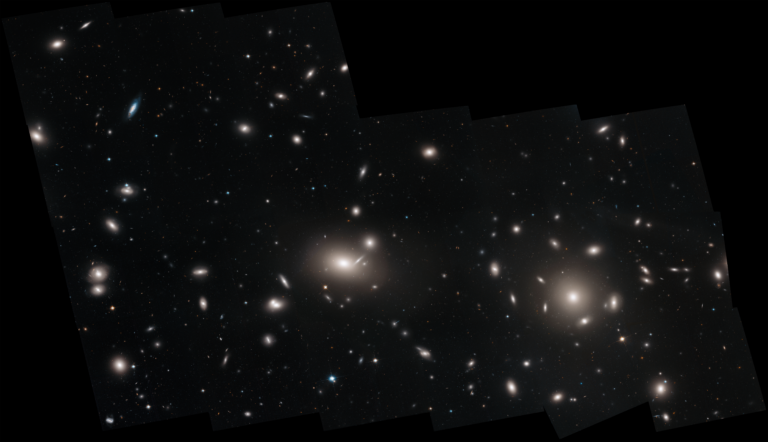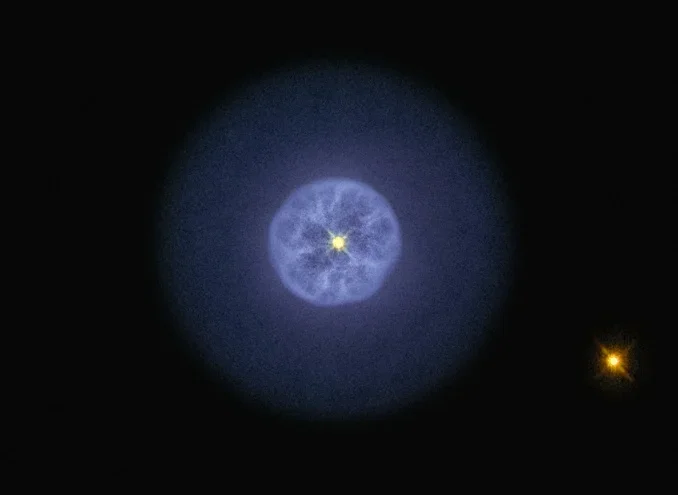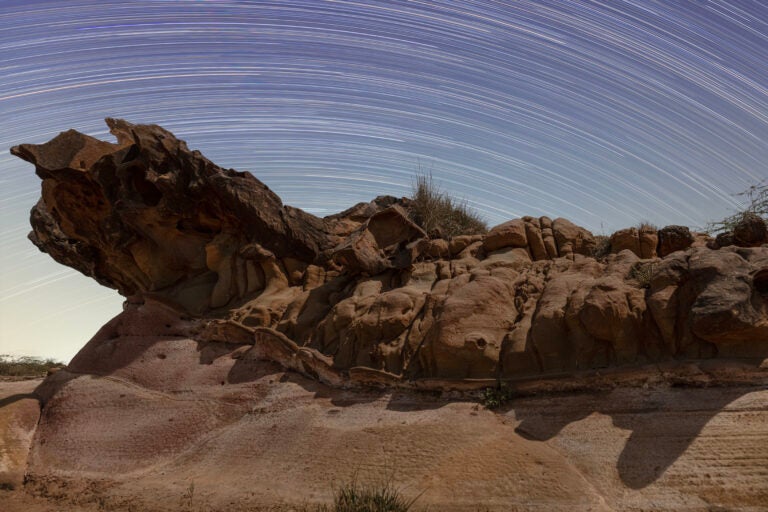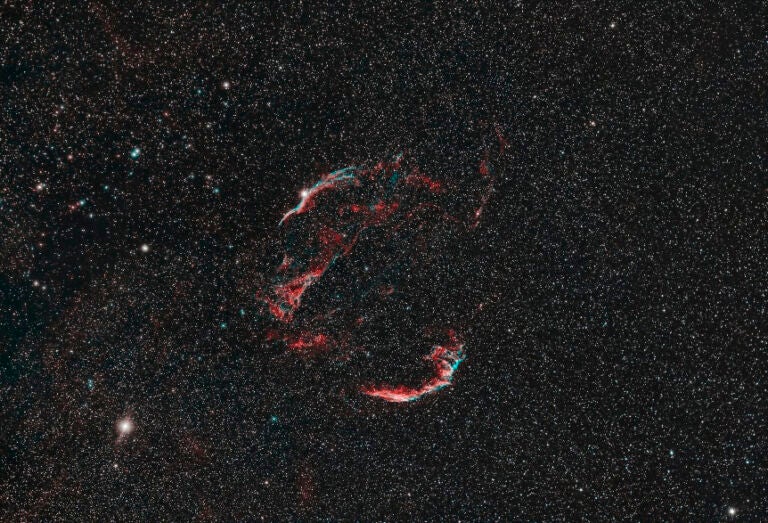You won’t mistake this stunning double-walled enclosure: Under a low-altitude Sun, its Frankenstein-like scar, called Rimae Petavius, slices across the floor from its tortured central peaks all the way to its inner southwestern wall. Hairline fractures emanate from and around the central peaks, but these incisions are less severe. On the other hand, the black blood of its shadow may stop you in your tracks, it is so mesmerizing.
Petavius provides a playground of visual wrack and ruin for you to explore.
What I find most fascinating about Petavius is that it belongs to an uncommon class of craters: those modified by post-impact processes. In this case, we know that volcanism has played a role in massaging the crater’s appearance. But to what degree? Even a glance through a 3-inch telescope will reveal that, unlike impact craters subsequently flooded by mare basalts, Petavius displays only small patches of mare material, most noticeably north, east, and southeast of the central peak complex.
Careful examination through larger telescopes will show them associated with the crater’s finer cracks. After the crater formed, molten rock beneath its floor pressed upward, fracturing the crust and releasing only little floods of basalt that still darken the floor to this day. These mini-floods are reminiscent of some brief fissure eruptions in Hawaii that have lasted 24 hours or less — enough to spill molten rock onto the surface, but not enough to create widespread havoc.
In search of the little pip
On the evening of September 13, 2018, I broke from tradition and observed Petavius four days after New Moon (I usually look for it a day or two earlier) through my 8-inch reflector. While the crater had lost much of its shadow (and had become an anemic version of its former glory), Rimae Petavius was still profound, as were the dark patches caused by the post-impact volcanism.
But my gaze was transfixed on the far southeastern section of the crater, to a yin-yang parallel alignment of light and dark streaks — like a comet and an anti-comet stuck together and facing opposite directions. The bright comet began at a crater east of the central crater complex and had a tail that tapered to the southwest. The abutting dark, more southerly cometlike streak had a tail that tapered to the northeast.
That night I took out both my 8-inch reflector and 3-inch refractor and inspected this region with renewed vigor. My goal was to seek out the dome’s puny vent. It may have helped in my search that so little shadow was available because I was looking for darkness within a well of sorts. After waiting for moments of rock-steady seeing (and knowing exactly where to look), I picked out the little pip first through the 8-inch and then in the 3-inch at high power, though the latter was a challenge.
I would be interested in hearing of other observations under different lighting conditions and with different size telescopes. Send reports to sjomeara31@gmail.com.


